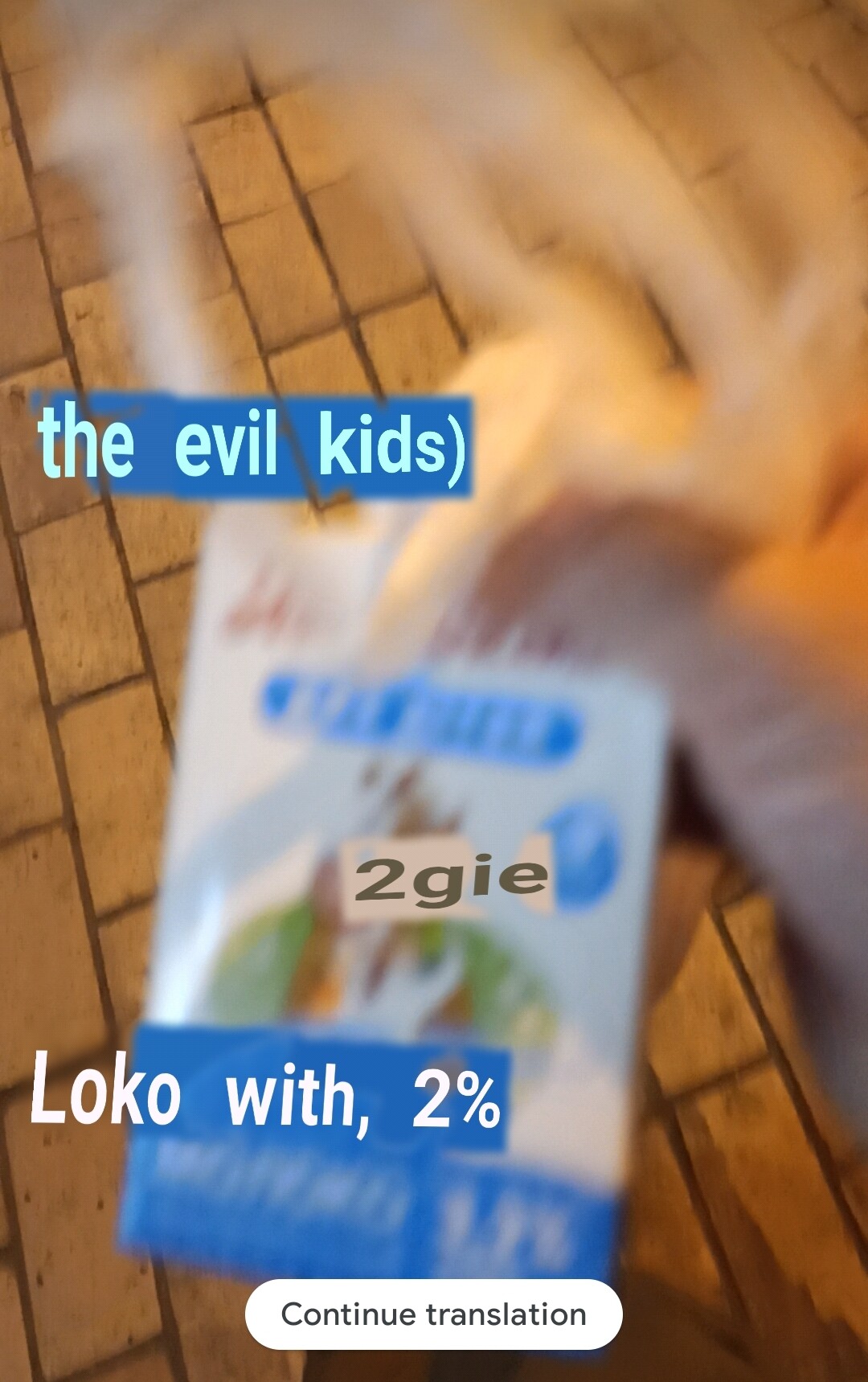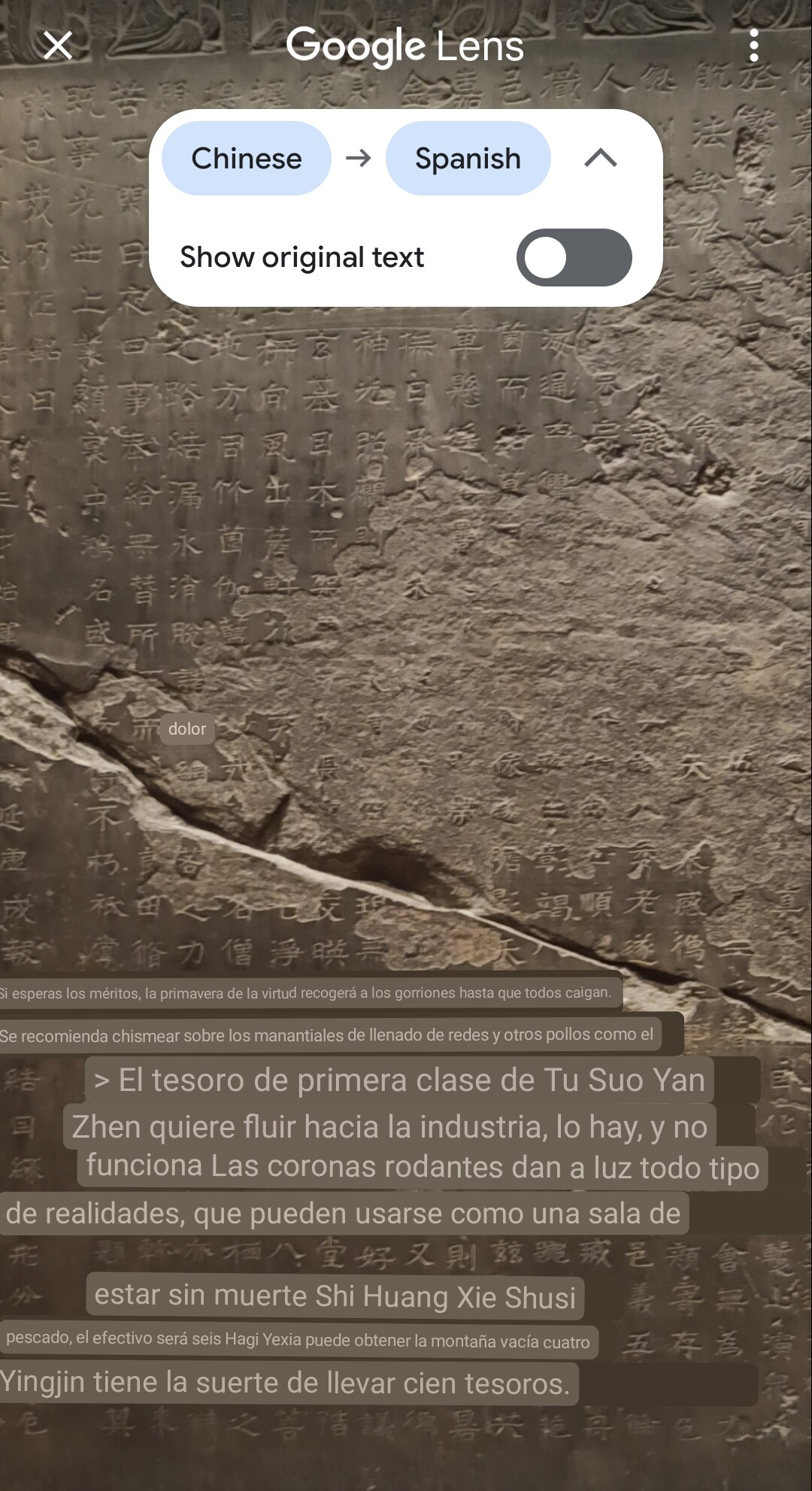New reader or not, you might quickly learn that I rather enjoy (attempting to learn) foreign languages.
I can certainly make do with a few of them, and read enough of a trio of others to navigate public transit and menus, but I’m still appreciative of offline translators, for instance, the duo of Google Translate/Google Lens.
Those apps might not come in handy for handwritten notes and directions, but the fruits of their labors (bad pun intended) can make for riotous translations in supermarkets:

Give the Google Lens app a few seconds to find its way, and then you will generally be able to find out what a product is/what a product contains. Generally.
Then I thought, what if I tested the app out on something more arcane?
Not long ago, I visited one of my favorite museums, New York’s Metropolitan Museum of Art. Much like the French Egyptologist Jean-François Champollion, studying languages is one of my pastimes.
Unlike Champollion, however, I had a phone app that let me suppress imagination at the flip of a button:

With Google Lens, I’ve taken this ancient Chinese stone stele, and reduced it to a screenshot (ironically taken with a Xiaomi phone). Even though I can read a number of the characters with the app, I can’t help but feel that this technology might sap the fun out of transporting viewers back to that period of time, all while we simultaneously wonder what was happening when it was being written.
This isn’t a vote against translation apps at all; they’ve been vastly useful in my travels, and will continue to be practical. Rather, it’s more of a retrospective– after that museum visit, I’m going to leave the translation work for the simple stuff, like figuring out from if something is milk or crème fraîche.

Leave a Reply